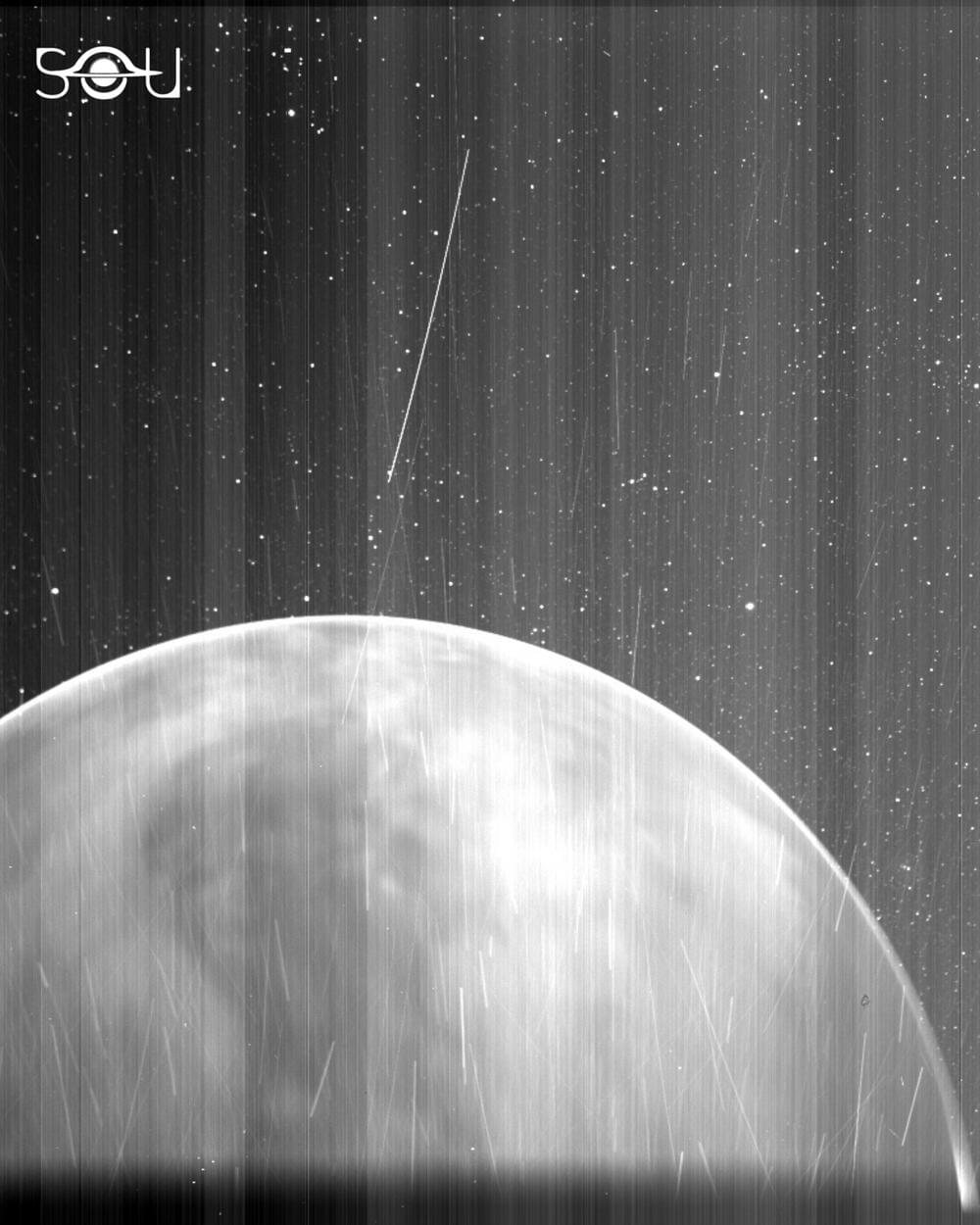
Get the latest international news and world events from around the world.


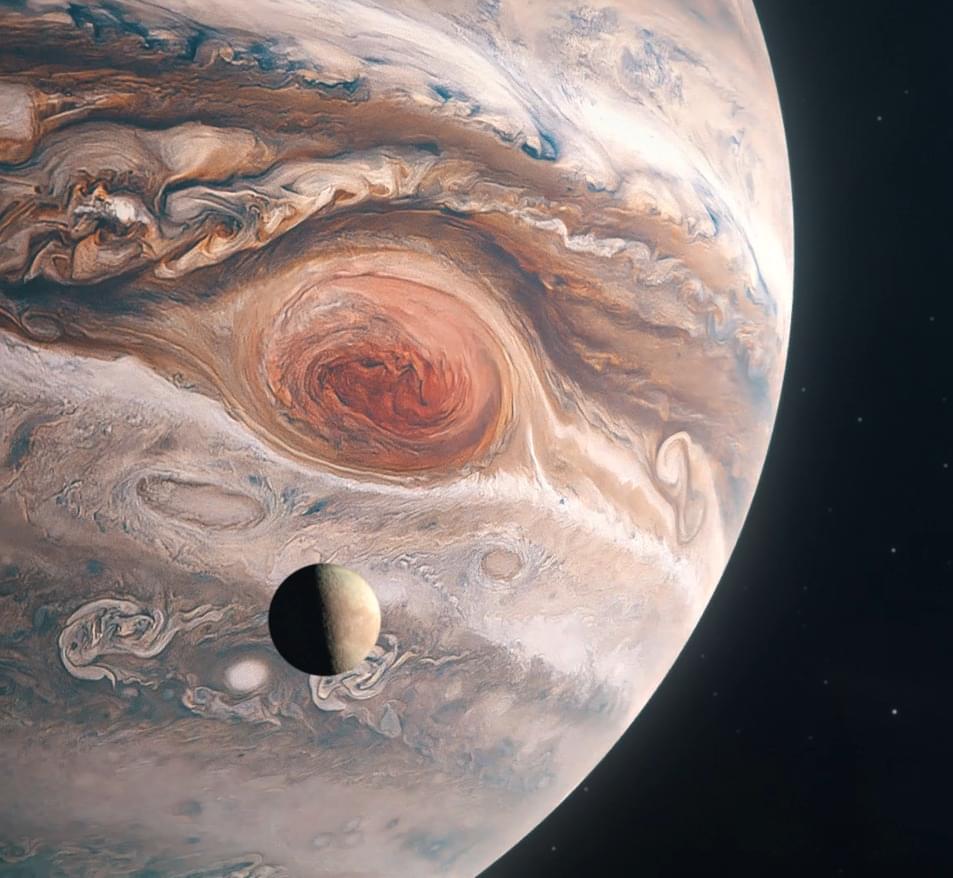

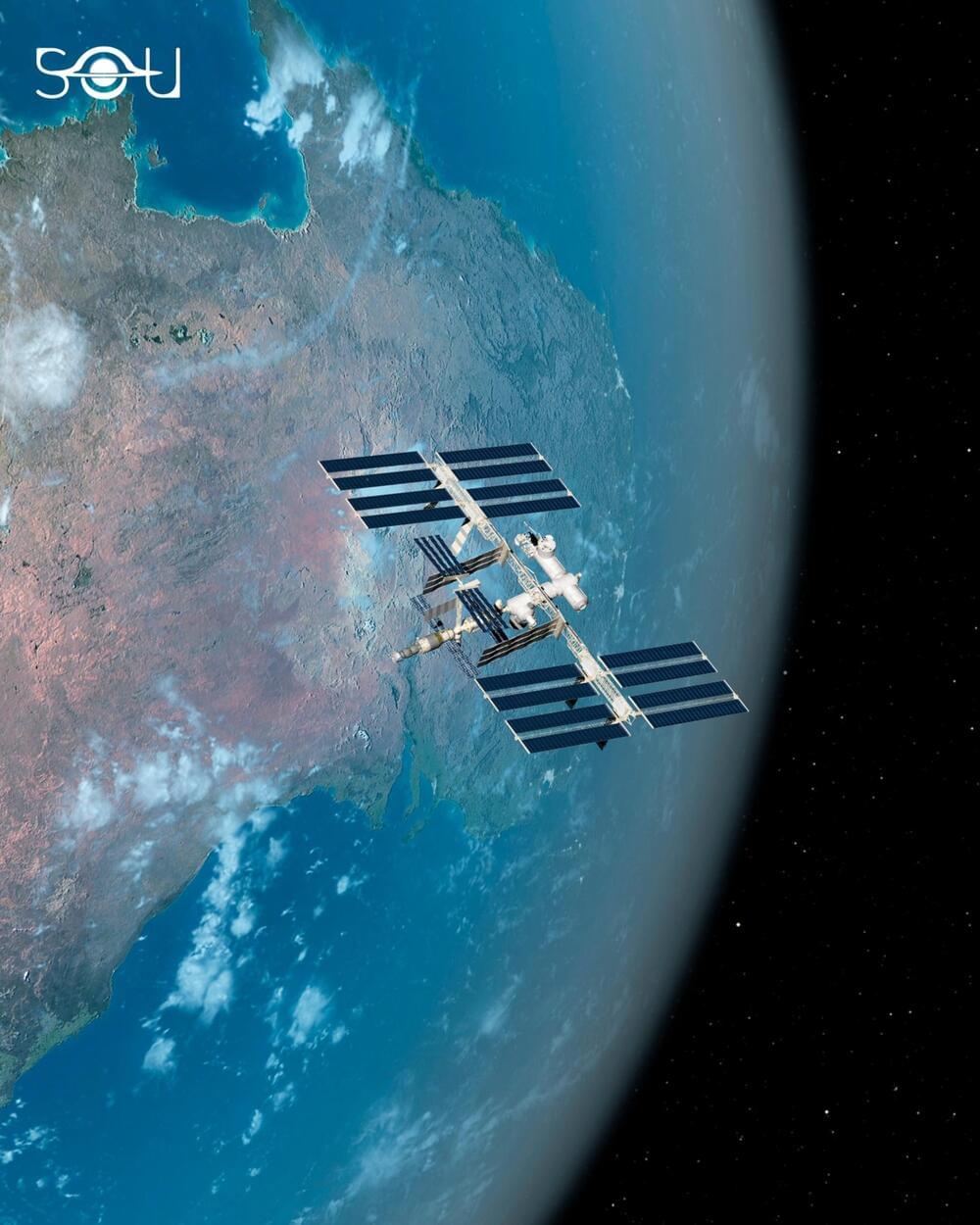

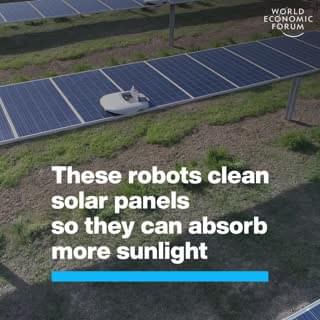

Hear from our experts how Spot’s new features and capabilities are adding value to the dynamic sensing platform
Watch the full video for more detail! https://bit.ly/37iyKtp
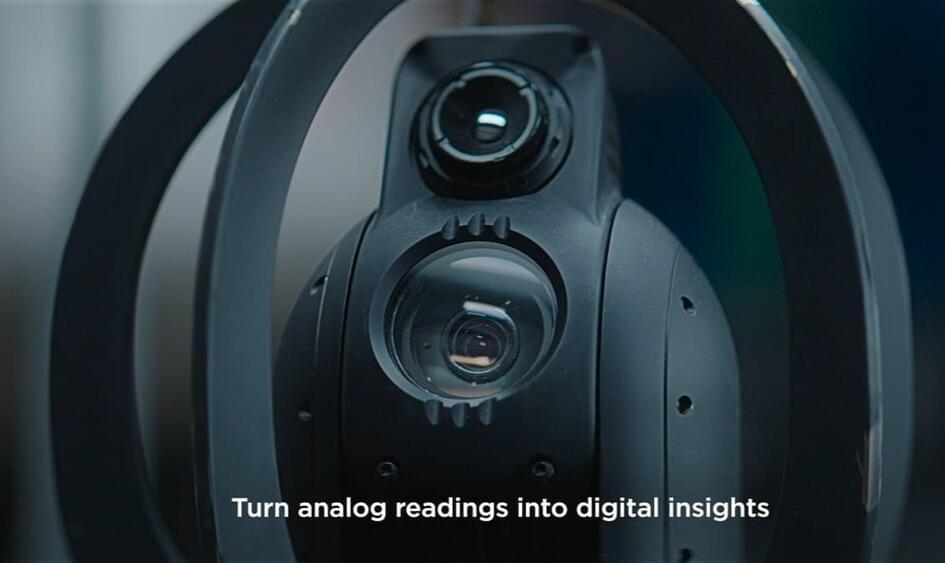
Spot’s newest capabilities make it easier than ever to gain actionable insights about your equipment and facilities
Register for our upcoming webinar to see Spot in action! https://bit.ly/3kRkcnC
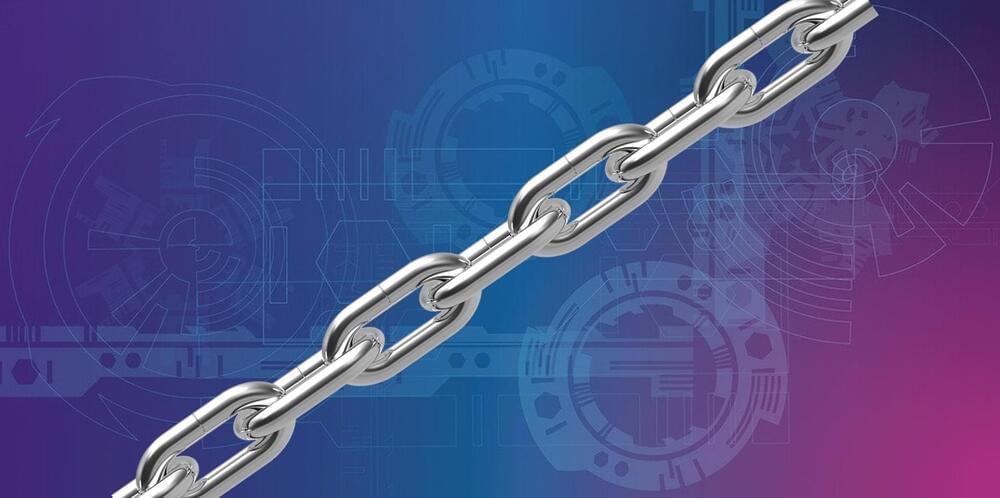
NIST updates guidance for defending against supply-chain attacks
The National Institute of Standards and Technology (NIST) has released updated guidance on securing the supply chain against cyberattacks.
Since 2020, NIST has released two draft documents on how the enterprise can better defend itself from supply-chain attacks.
Today, in response to Executive Order 14028: Improving the Nation’s Cybersecurity, NIST has published ‘Cybersecurity Supply Chain Risk Management Practices for Systems and Organizations’ to provide guidance on identifying and responding to supply chain cybersecurity risks.